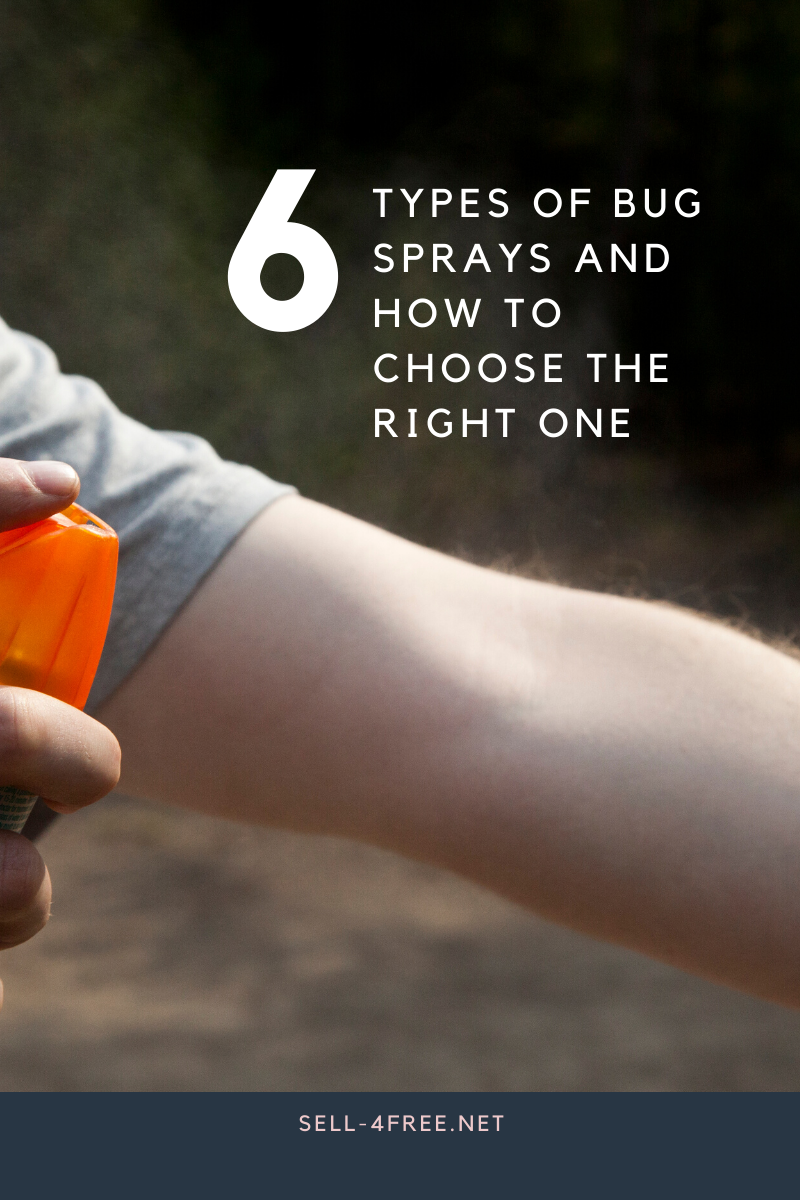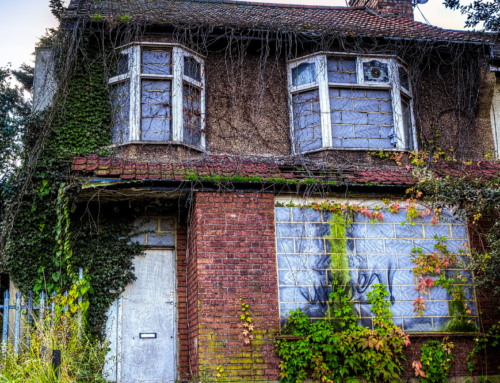 Bugs can be particularly annoying, but that is hardly the issue with their existence. Health is always the number one concern, considering the long list of diseases they can carry, from malaria to Lyme disease to filariasis and more. The good news is there’s a whole range of bug sprays that people can use to protect themselves. However, no matter how strictly you follow each bottle’s application instructions, it’s not likely to work if it’s the wrong product to begin with.
Bugs can be particularly annoying, but that is hardly the issue with their existence. Health is always the number one concern, considering the long list of diseases they can carry, from malaria to Lyme disease to filariasis and more. The good news is there’s a whole range of bug sprays that people can use to protect themselves. However, no matter how strictly you follow each bottle’s application instructions, it’s not likely to work if it’s the wrong product to begin with.
Of course, with the great freedom of having near-countless bug sprays to choose from comes the responsibility of knowing every option to make an educated choice. The following are the most common bug sprays today based on the active ingredients used to make them:
1. DEET (N,N-diethyl-meta-toluamide)
Bug sprays with DEET have been some of the most popular since their creation in 1957, thanks to their scientifically proven effectiveness. These products are also considered safe by the Environmental Protection Agency when used properly, which means following application instructions is crucial (DEET-based bug sprays, for example, must never be used on kids below 3 years of age). While these products don’t actually kill bugs, they do keep them away from human skin for about 4 to 8 hours, depending on the concentration.
2. EBAAP (ethyl butylacetylaminopropionate)
People looking for non-DEET bug sprays can use those with EBAAP as the active ingredient. While these products work on different types of insects, they are most remarkably potent against mosquitoes, biting flies and deer ticks. These sprays are also designed to protect pets instead of just humans. Perhaps the most impressive quality yet of EBAAP bug sprays, aside from their potency, is their low toxicity and eco-toxicity. In short, EBAAP bug sprays are safe for man and earth.
3. Picaridin
Another well-known active ingredient in bug sprays is picardin, which provides long-lasting protection equivalent to that offered by a 10% DEET product. Picardin-based repellents have been on the market since 1998, and are often preferred for being gentle to the skin and non-reactive with plastic. Also called icaridin, the chemical belongs to the piperidine family, a derivative of which is responsible for pepper’s pungent smell. The bug sprays, however, are odorless.
4. Permethrin
Permethrin is yet another widely used active ingredient in bug sprays, except these aren’t applied directly on skin but rather on clothing and other materials, such as those used to make sleeping bags and tent walls. Unlike other insect repellents, these products also last much longer – at least two weeks or six washings – although dry cleaning can diminish their strength. Permethrin-based products work on over 55 kinds of bugs, from mosquitoes to spiders to chiggers and even the yellow fever mosquito, which carries the Zika virus.
5. Oil of Eucalyptus
Oil of eucalyptus (OLE) is a relatively safe ingredient used in many bug sprays today, but as with the others, following product instructions to the letter is a must. The U.S. Food and Drug Administration also advises against using OLE on kids under 3 years old, and extra care must be taken as it can cause temporary eye injury. According the CDC, OLE-based products are as powerful as 15% to 20% DEET sprays. Also note that OLE is not the same as lemon eucalyptus oil, which has not been officially tested or approved.
6. Other Plant-Based Ingredients in Bug Spray
Aside from OLE, many plant-based ingredients have been used in in making bug sprays, including soybean oil. Research conducted in 2002 showed that this oil worked against mosquitoes in particular and were a decent alternative to DEET, offering protection for over 90 minutes. Other natural bug spray formulations, however, were less promising, including those made with citronella, lavender, calendula and many more. While there is a decent volume of anecdotal evidence proving this group’s effectiveness, it is not backed by scientific studies.
Choosing the Right Bug Spray
The market for bug sprays is clearly thriving. From DEET to EBAAP to permethrin to picardin to OLE and a long list of promising plant-based ingredients, it can indeed be difficult to choose the right product. In the end, it all boils down to the need and, of course, the user. For example, campers and hikers will definitely benefit from permethrin sprays, but not babies, who will be much safer with EBAAP-based repellents. In any case, consumer awareness always saves the day when buying a safe and effective bug spray.
Are You Thinking of Buying a Home in Dubois County?
Use our site to search homes for sale in Jasper, Dubois, Spencer, Martin and Davis counties and all of our surrounding areas. Unlike the “big name” sites out there, at Sell 4 Free Welsh Realty our site is directly connected to our local MLS and is updated with new homes every hour. By signing up for New Listing alerts you can stay on top of the newest homes for sale and get price change alerts so you can stay ahead of other buyers and beat them to the hottest deals!
Start your Home Search now
[idx-omnibar styles=”1″ extra=”0″ min_price=”0″ ]
Popular Jasper Indiana Home Searches:
- Homes for sale Evansville IN
- Southern Indiana Homes for Sale
- Santa Claus Indiana Cabins
- Homes for sale Newburgh IN
- Homes for sale Dubois County Indiana
- Homes for Sale Jasper Indiana
- Homes for sale in Huntingburg Indiana
- Ferdinand Indiana Homes
- Farms for sale in Indiana
- Homes for sale Santa Claus Indiana
Newest Homes for Sale in Dubois County
View the newest homes listed in Dubois County in the last 10 days:
[impress_property_showcase property_type=”savedlinks” saved_link_id=”28053″ agent_id=”” show_image=”1″ use_rows=”1″ num_per_row=”3″ max=”3″ order=”default” styles=”1″ new_window=”0″ ]













